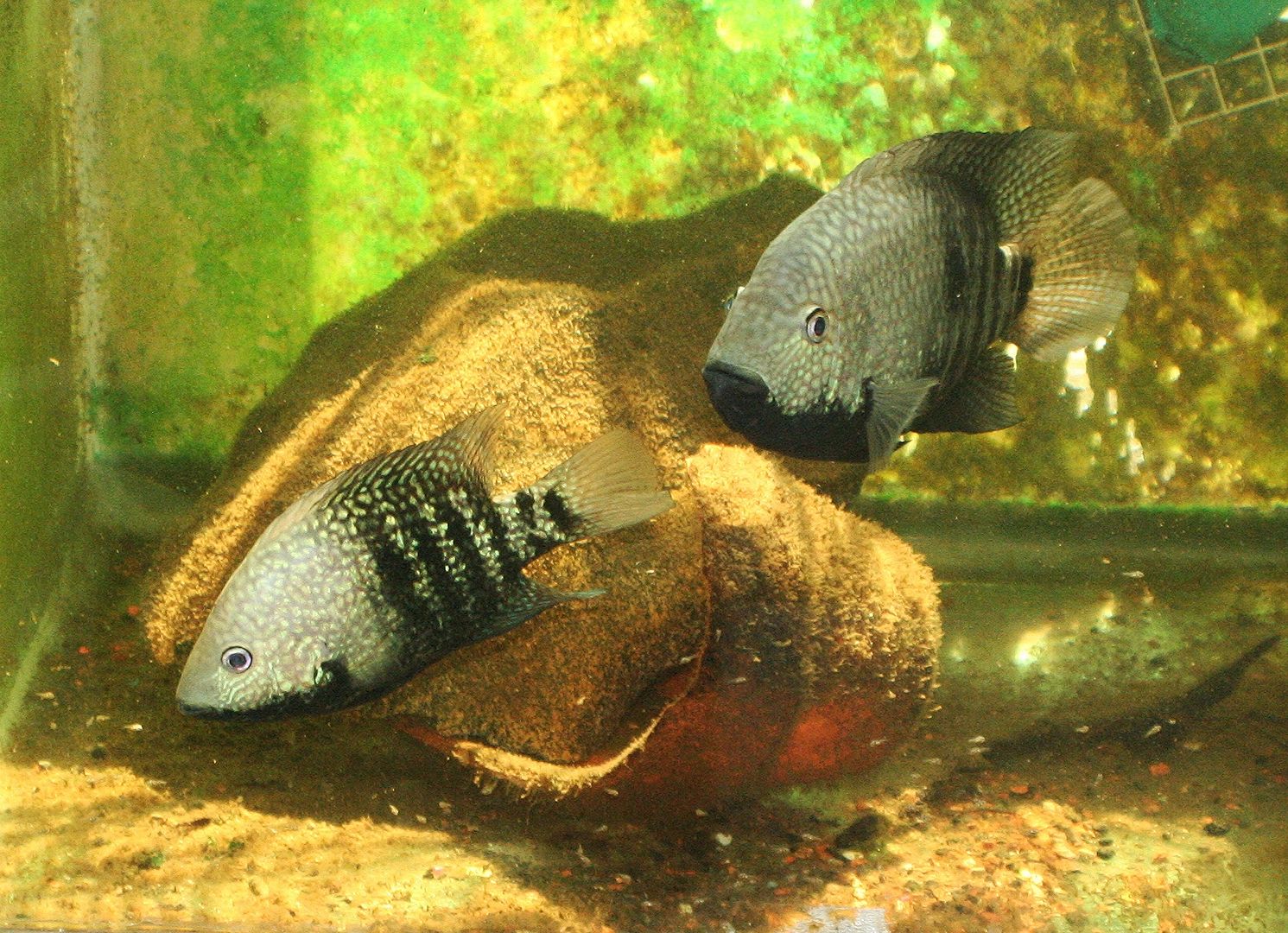If it was me, I'd shoot for the 180, vs a 125. I have kept both sunfish (longears) and H. carpinitis, but not both in a 125. I would expect aggression issues as the fish sexually mature.
GTS - I got your point, I just totally disagree with you. In commercial operations feed costs are a major part of the overhead. It's ridiculous to think that catfish farm feed is on the same level of some of todays foods marketed for the pet industry. And Conkel's opinion is just that, an opinion. Fiber is a non nutrient, and in an aquarium setting the more fiber that you add to the diet, the more waste is created from that non nutrient filler. From a recent post of mine in another discussion.
I've always been of the belief that feeding fish is part art, and part science. The art portion comes with time, and experience. Some learn early on with regards to correct methods, types, and amounts to feed, others never do.
I have always found the science part quite fascinating, and while I agree that one should always start with comparing what's in our glass tanks with what takes place in the wild, we have learned through science that many species, especially among the cichlid group, are very adaptive, with very plastic gastrointestinal systems. So plastic that some cichlids not only adapt (such as drastically shortened intestines) in captivity, but also do so in the wild during seasonal weather changes. Most cichlids lead a life of feast or famine dictated by the rainy/dry season. So while a diet of 25% fiber may be typical in the wild, at least during certain times of the year, in captivity 5-10% may be more than adequate. In fact, I have bred and raised numerous species of fish classified as strict herbivores, on a diet that was 5% crude fiber - and never once experienced dietary issues among the fish. Those fish still consumed shells/chitin as part of their diet, but with a more nutrient dense diet I could feed less overall, and less often, compared to their diet in the wild.
So other than with small fry or very small juveniles, my focus has never been on the frequency of feeding, but more so on the quality of the food, and the quantity being fed.



